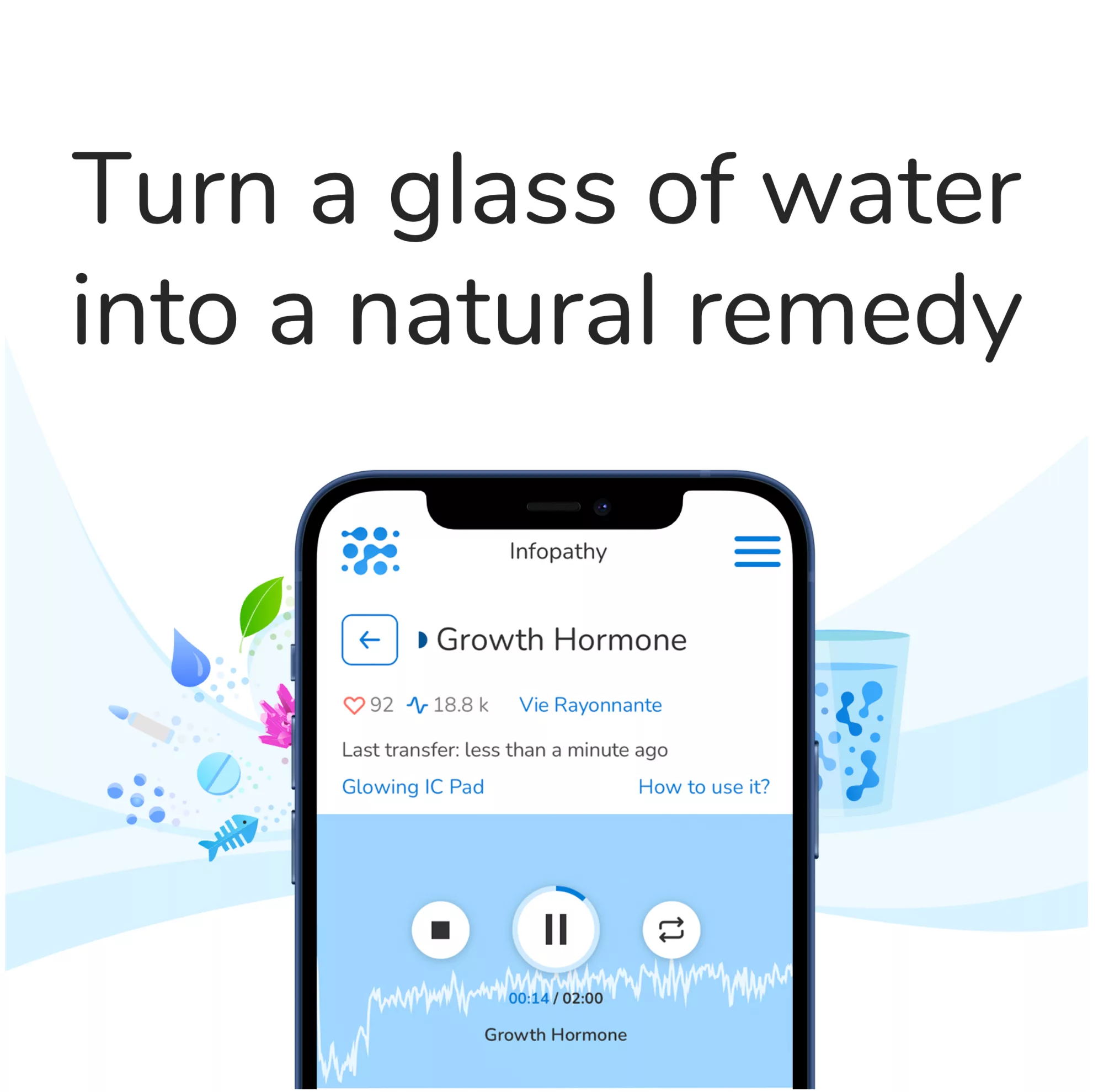Vibration therapy helps the body’s natural pain-relief mechanisms by blocking pain signals and stimulating endorphin release, as well as improving joint lubrication to decrease stiffness and increase flexibility.
People with heart, muscle or medical implant issues should avoid using vibration plates; additionally, their use should not be recommended during pregnancy.
Improved Circulation
Vibrations generated by a vibrating platform stimulate muscles, joints, and bones to contract and relax, increasing muscle strength, flexibility, blood circulation and overall performance. Whole-body vibration (WBV) therapy has become popular among fitness instructors as a method to enhance performance and recovery from injuries; it may even help alleviate symptoms associated with conditions like chronic pain or osteoporosis. Localized vibration (LSV) uses handheld devices that deliver concentrated streams of vibrations directly to specific muscles or joints for treatment.
Vibration plates can help improve your mood by stimulating the release of neurotransmitters such as serotonin and dopamine, two chemicals which play an essential role in emotional regulation, helping you feel calmer and more positive about life. They may even decrease stress hormones which contribute to anxiety and depression – an additional advantage of adding vibration therapy into psychotherapy or mental health treatments plans as this enhances their effectiveness.
Gustav Zander pioneered vibration therapy during the late 19th century when he used mechanical vibration machines to help recover patients from physical injury or illness. His efforts led to later advancements of this therapy; American physician and entrepreneur John Harvey Kellogg later used steam-powered vibration equipment at his Battle Creek sanitarium in Michigan for strengthening strength and mobility among frail elderly persons.
Many individuals today are exploring vibration therapy as a possible means of treating their health concerns, but before beginning this path it’s important to fully understand how it works and the risks involved.
Vibration therapy has been scientifically demonstrated to significantly enhance musculoskeletal strength, balance and posture. Furthermore, it has also been shown to boost bone density and slow age-related muscle loss (sarcopenia). These effects are due to vibration therapy stimulating muscle spindles – tiny sensors found at the ends of muscles that inform your brain how much your muscles stretch or contract, and help your body maintain muscle strength.
However, it’s essential that frequency and intensity of vibrations be tailored specifically to each person based on your medical conditions – for instance heart problems or deep vein thrombosis could interfere with vibration therapy; additionally, pregnant women or those with pacemakers are not advised to undergo this therapy.
Relieved Pain
Vibration therapy aims to alleviate pain caused by certain health conditions and injuries, including fibromyalgia, arthritis and chronic pain disorders such as Parkinson’s. Vibration therapy may also be effective against stiffness and tremors in these instances.
Vibration can stimulate muscle spindle endings, tiny sensor-like receptors that inform your brain how much your muscles expand or contract, providing crucial feedback about how to relax, move or stand effectively.
Studies show that vibration therapy can reset the abnormal firing of neurons responsible for Parkinson’s symptoms such as tremors and slow movement, via coordinated reset stimulation – using patterned stimuli to stimulate your body’s neurons systematically. Treatment sessions last just 10 minutes each so you can easily fit them into your daily schedule.
Better Mental Health
Vibration therapy works to strengthen the connection between mind and body, helping individuals better manage stress and regulate their moods. Furthermore, vibration therapy promotes sleep as an integral component of mental wellbeing – which in turn allows individuals to feel more refreshed and mentally sharper for improved performance in everyday tasks.
Vibration therapy also activates cells that form bones, increasing bone density. Therefore, Russian space program used vibration therapy to assist astronauts with reducing muscle stiffness and increasing bone density – so they could stay longer in space than American counterparts.
Vibrations stimulate neurotransmitters like serotonin and dopamine, essential in maintaining emotional equilibrium and managing mood disorders. Furthermore, improved blood flow reduces anxiety while providing energy boosts resulting in a healthier mental state overall.
Integrating vibration therapy with psychotherapy can provide an holistic approach to mental health, with reduced tension and enhanced circulation helping individuals be more open to therapeutic techniques and discussions. Furthermore, vibration therapy may improve medication adherence by encouraging better physical health while alleviating pain symptoms. However, certain conditions and situations, such as cardiovascular disease or deep vein thrombosis may make vibration therapy unsafe; so always consult with your healthcare provider prior to engaging in vibration therapy treatment. Furthermore, pregnancy women and those with pacemakers or similar devices are advised against engaging in vibration therapy treatment as it could potentially harm them as it could potentially aggravate symptoms caused by these devices.






